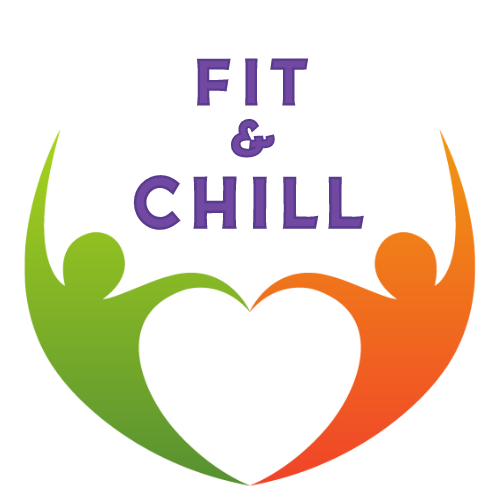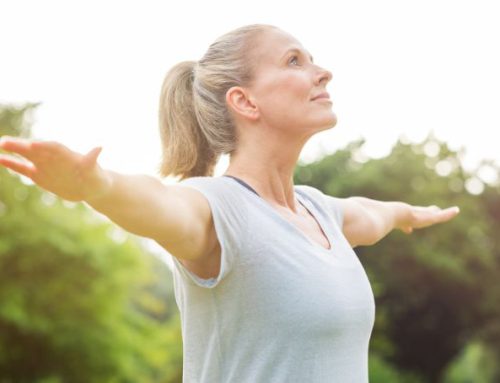Step by Step Guide
- Starting Position:
- Begin in a seated position on the floor with your knees bent and feet flat on the ground.
- Place your hands on the floor slightly behind your hips, fingers pointing towards your feet, to support your upper body.
- Engage Core Muscles:
- Engage your core by drawing your navel towards your spine and pressing your lower back into the floor.
- Keep your chest lifted and shoulders relaxed throughout the exercise.
- Lift Hips Off the Ground:
- Press through your hands and feet to lift your hips off the ground, coming into a reverse tabletop position.
- Keep your knees bent at a 90-degree angle and your arms straight.
- Reach One Arm Up:
- From the reverse tabletop position, lift your right arm off the ground and reach it towards the ceiling.
- Keep your gaze towards your fingertips and maintain stability in your core.
- Return to Starting Position:
- Lower your right arm back down to the floor, returning to the reverse tabletop position.
- Ensure that your hips remain lifted throughout the movement.
- Alternate Arms:
- Repeat the movement on the opposite side, lifting your left arm up towards the ceiling and then lowering it back down to the floor.
- Continue Alternating Arms:
- Alternate reaching one arm up at a time, focusing on maintaining stability in your core and keeping your hips lifted.
Benefits of The Reach Ups
- Upper Body Strength: Reach-Ups target the shoulders, arms, and upper back, helping to improve strength and muscular endurance in the upper body.
- Core Activation: Holding the reverse tabletop position engages the core muscles, including the abdominals and lower back, to stabilize the body.
- Shoulder Mobility: Reaching the arms overhead helps to improve shoulder mobility and flexibility, reducing the risk of shoulder injuries.
- Functional Movement: Reach-Ups mimic real-life movements such as reaching overhead, making them a functional exercise for daily activities.
Tips for Beginners:
- Start Slowly: Beginners should begin with a slow and controlled movement, focusing on proper form and technique.
- Focus on Stability: Concentrate on maintaining stability in the core and hips throughout the exercise, avoiding excessive movement or arching in the lower back.
- Modify as Needed: If lifting both arms simultaneously is too challenging, beginners can start by alternating one arm at a time or keeping both hands on the ground for added support.
- Engage Core Muscles: Keep the core muscles engaged throughout the exercise to support the spine and protect against lower back strain.



Leave A Comment